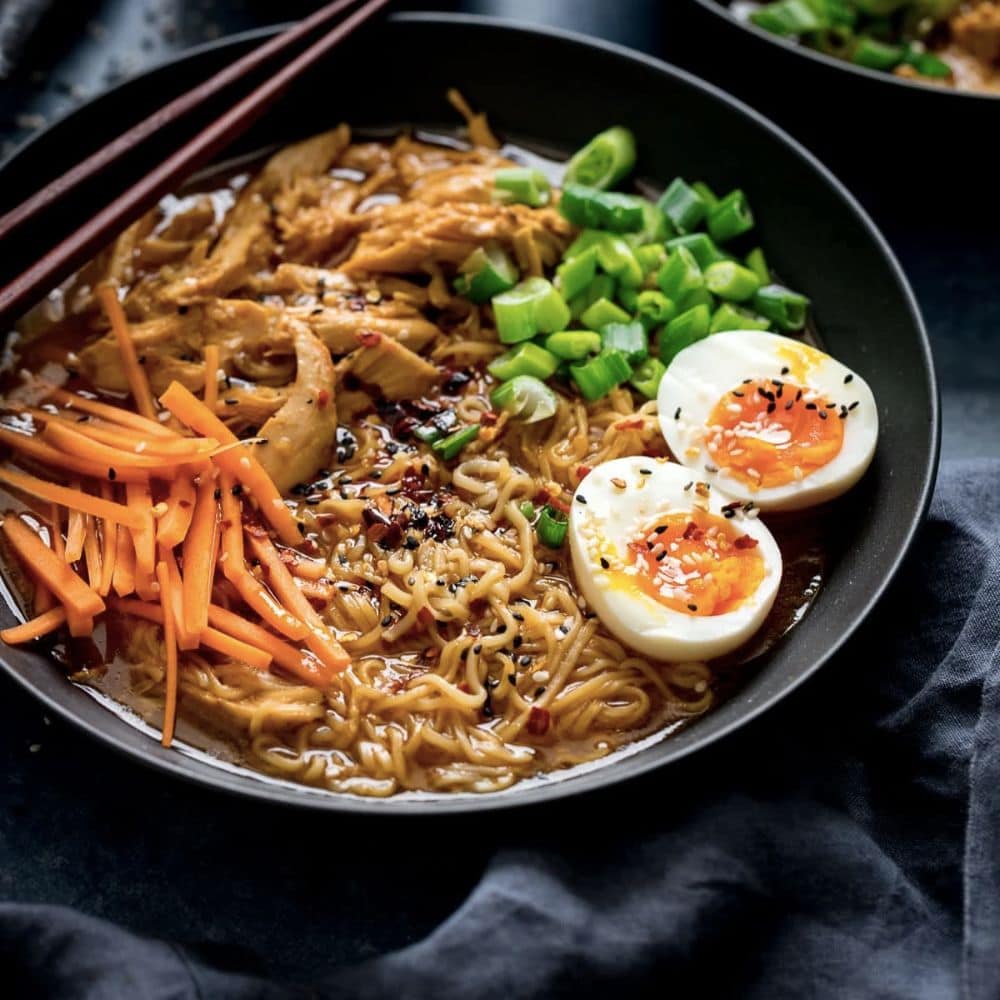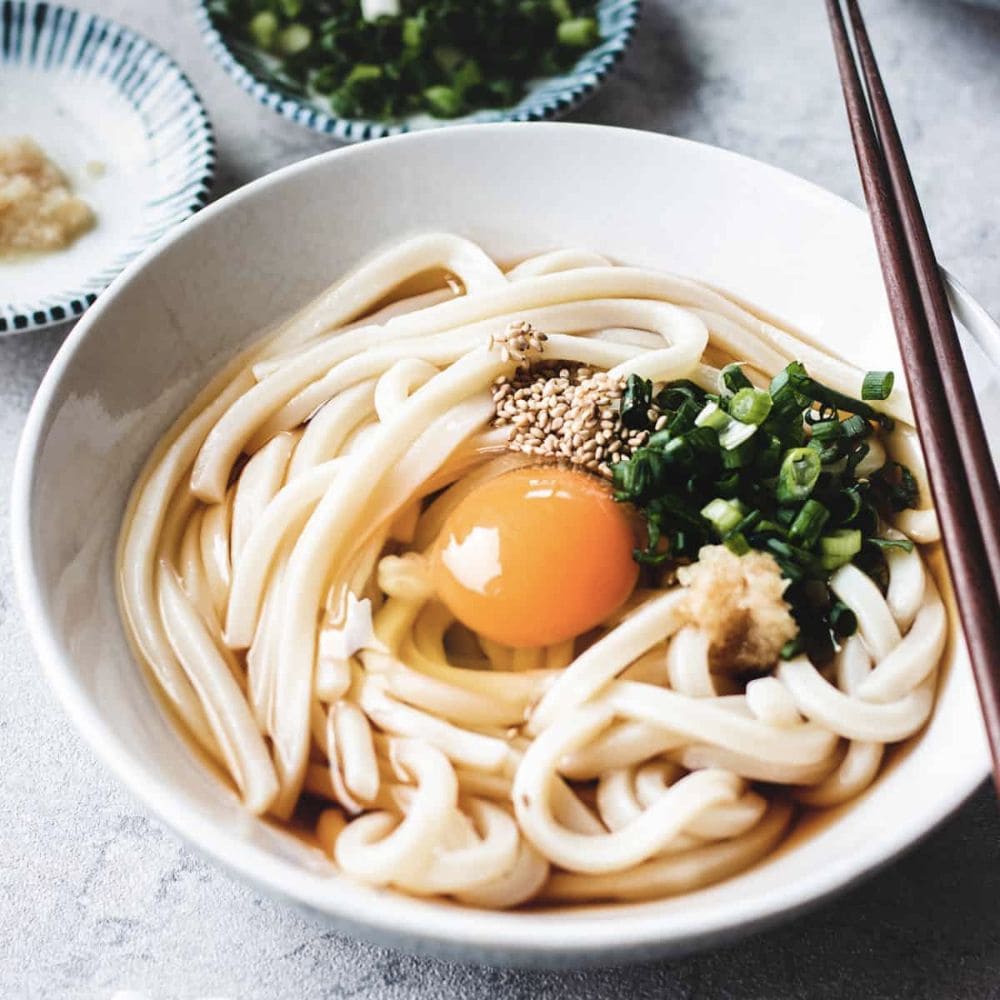
Japanese cuisine is having a shining moment in the culinary world. Noodles, especially ramen, have become a staple across the US, going from a cheap college meal to a sophisticated internationally-revered dish. Alongside ramen, soba and udon noodles have also gained prominence and are the very backbone of Japanese cuisine. However, Japanese cuisine is all about delicacy and balance, and it might not be so easy to whip these up at home! Here are some expert tips on how to slurp these three noodles for the best cultural culinary experience.
Ramen
Ramen’s popularity has grown by leaps and bounds in the past decade, with more than 40 ramen restaurants recognized in the Michelin Guide. Chef Masaharu Morimoto of Momosan, New York, gushed about seeing his native dish become an international sensation. He had three major tips for people when it came to this dynamic and customizable dish.

Firstly, he recommends resting the noodle dough to achieve that perfect chewiness and springy texture. He also suggests a balancing technique; the heavier the broth is, the thicker the noodles need to be. And lastly, and most importantly, he states that the ramen is best eaten piping hot, when they’re still fresh and steaming.
Soba
These buckwheat noodles are a Japanese staple, and the preparation varies from region to region as you travel in the country. Chef Furukawa Takashi, from the famed Ryan restaurant in Tokyo, is an expert in all things soba. According to this master chef, the key to perfect soba noodles is using high-quality, fresh buckwheat flour. It’s also all about speed and even using the right water ratio according to the weather!
Chef Shivji Kotani of Brooklyn’s Uzuki restaurant believes that making soba is a meditative activity, so you should never force or control the ingredients. For serving, the noodles can be eaten hot or cold with sobayu and dashi stock dipping sauce.
Udon
For making your own Udon noodles, chef Naoyuki Yanighara has some guidance to give. He advises rinsing the noodles in cold water post-boiling to make them firm and crunchy. Next, he says to reheat before adding warm dashi broth.

These noodles got their name in the 14th century when wheat flour was also known as udon flour. Talking about the culture of the noodles, he states that the preparation is different from Tokyo to Kyoto and is based on the seasonings and dashi used. While making the dashi, he suggests using only the umami extract from each ingredient so that you only get the dashi and none of the off-flavor.